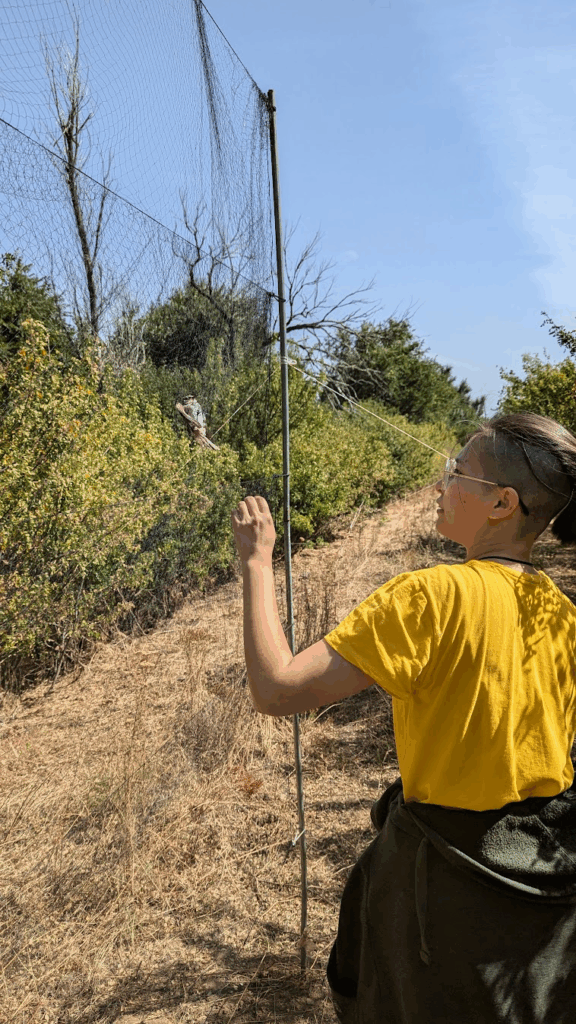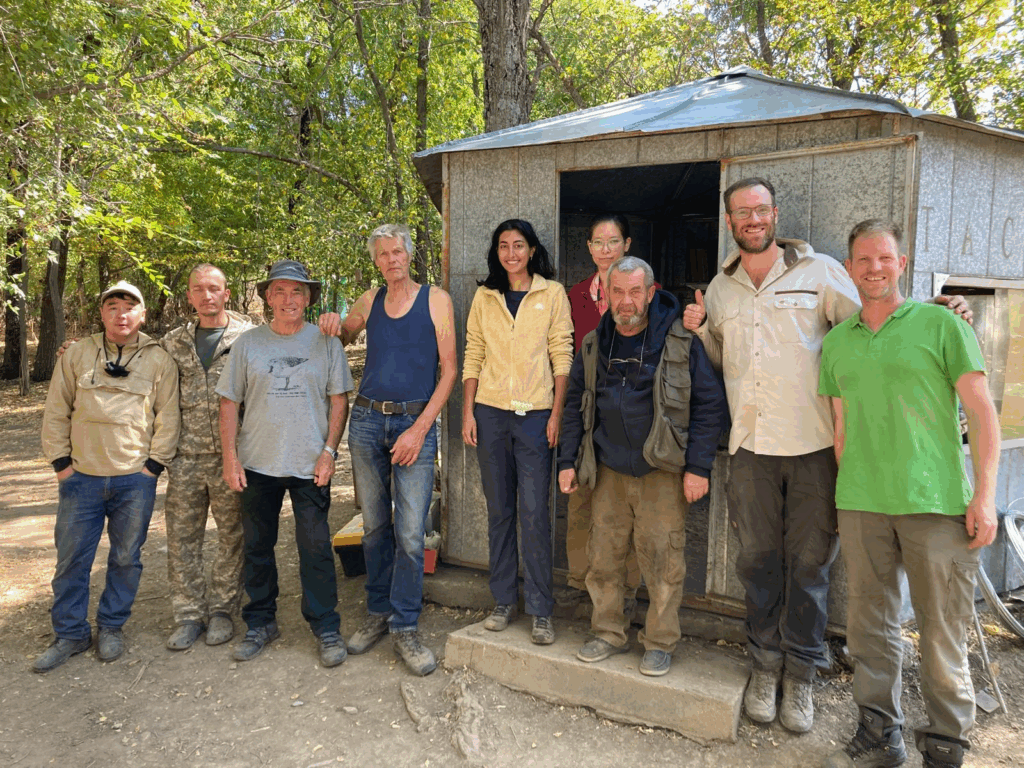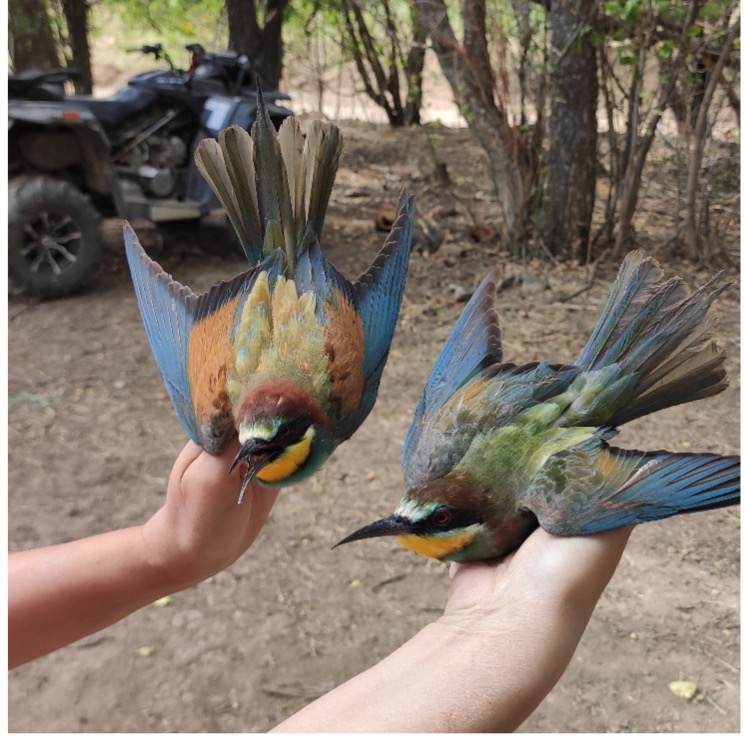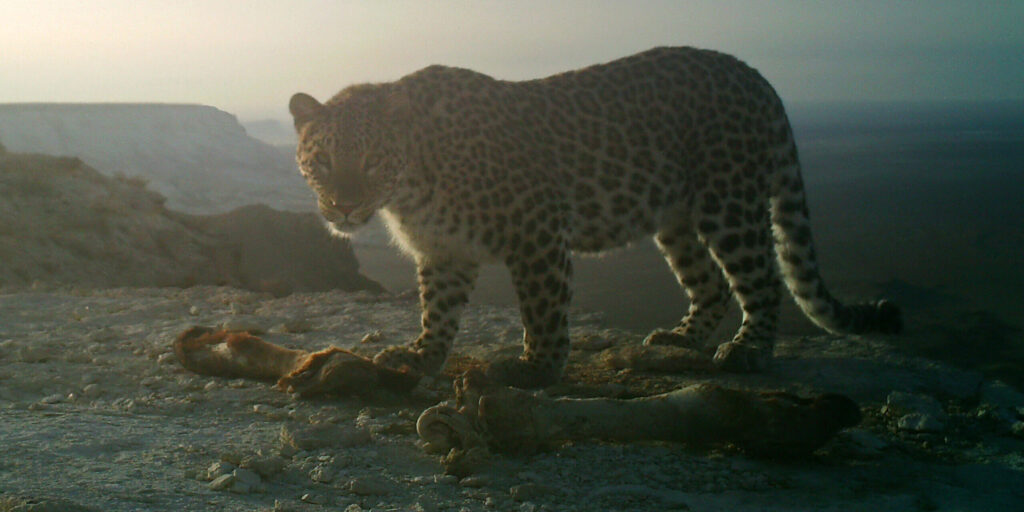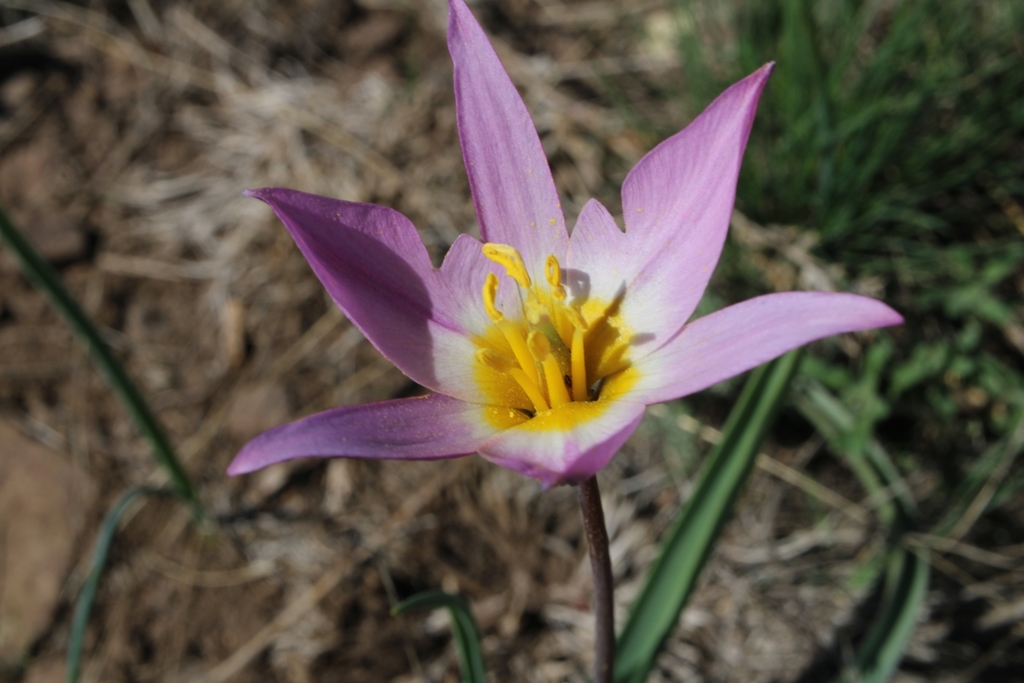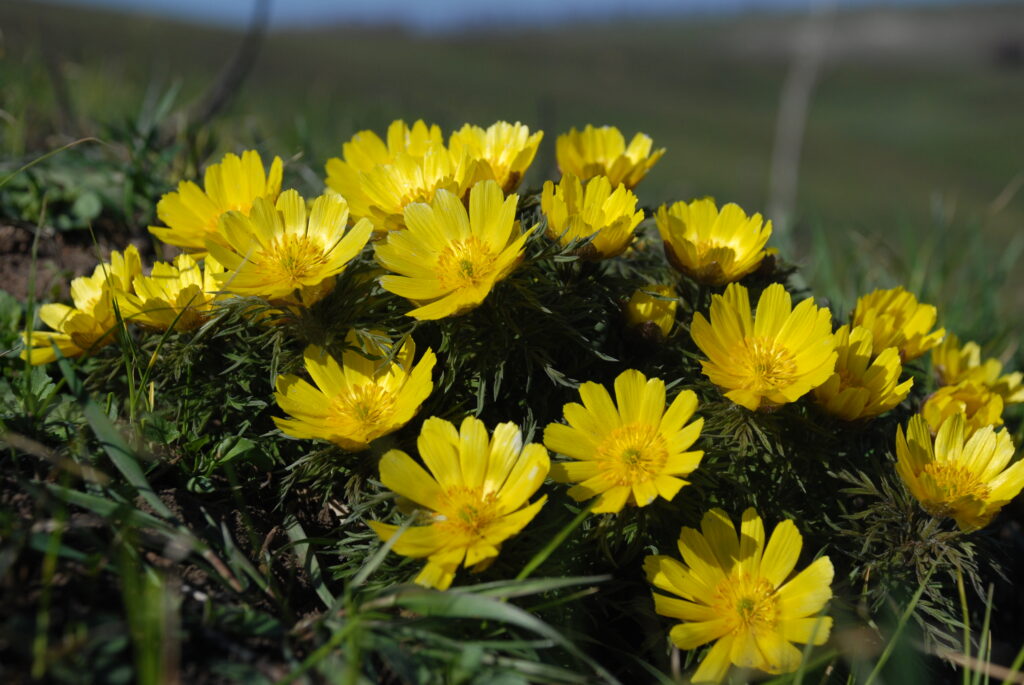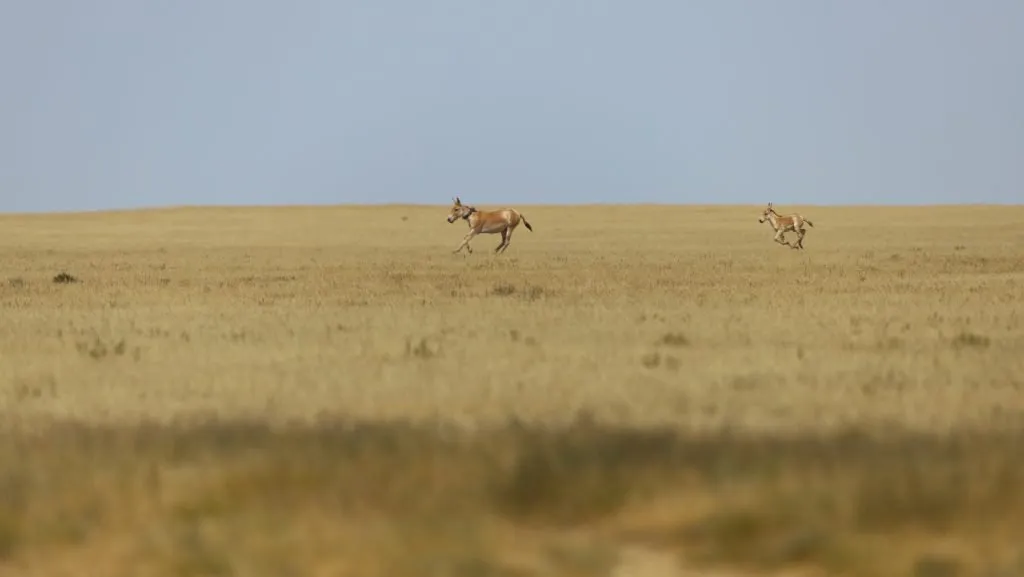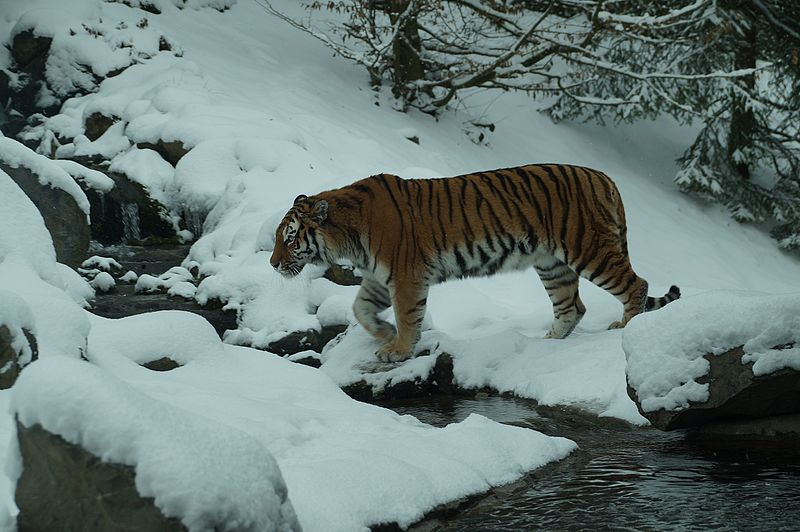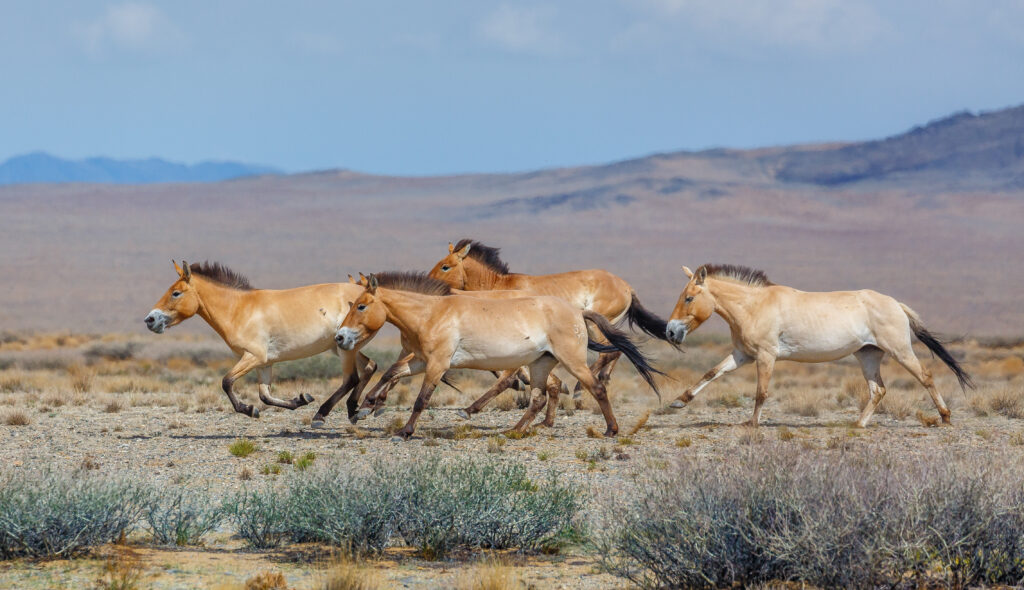Conservation
Internship at Shakpak Ornithological Station offers lessons on field work realities and rewards
In Part 1 of our interview, Nicole Ibrahim shared the journey that led her from Brooklyn to bird banding in Kazakhstan, describing how she got her start in ornithology and what brought her to Shakpak Ornithological Station. In Part 2, Nicole first reflects on the challenges of fieldwork and the sense of community she found…
Read MoreEarth Day 2025: A shared future for renewable energy and wildlife
Next week marks the 55th anniversary of the first Earth Day— a movement that began in the United States and has since grown into a global celebration, now engaging more than one billion people worldwide. This year’s theme, “Our Power, Our Planet,” invites everyone to rally behind renewable energy solutions and accelerate the transition toward…
Read MoreFlight Path: How one U.S. graduate student found her way to the Shakpak Ornithological Station
Nicole Ibrahim, a PhD student at the University of Maryland Center for Environmental Science Appalachian Laboratory, spent the fall 2024 migration season working at Shakpak Ornithological Station in southern Kazakhstan. Supported by a fellowship, Nicole’s time at the station was part of a two-stage internship—first assisting with bird banding and field research at Shakpak, then…
Read MoreRare Persian leopard returns to Kazakhstan’s Ustyurt Plateau
After decades of absence, the Persian leopard (Panthera pardus tulliana) is reestablishing its presence on the Ustyurt Plateau, located in the Mangystau region in southwestern Kazakhstan. Over the past 16 months, one specific cat has been captured on camera traps deployed in the plateau’s protected areas, most recently in footage taken in Kyzylsai Regional Nature…
Read MoreDo you know where tulips originated?
Tulipa patens_Ulytausky raion Kazakhstan Tulips are practically synonymous with the Netherlands, known for its vast fields, varieties, and celebrations of these vibrant flowers. However, there’s another country that can lay claim to occupying a prominent place in tulip history and cultivation—Kazakhstan. While it’s a little-known fact, the story of the tulip began in Central…
Read MoreOne year in
Greetings, friends! It’s early spring and we want to share updates about our first year and future plans. There is a whole lot of chaos and uncertainty in the world right now, but we are committed to supporting and sustaining wildlife and the people who care for it in Kazakhstan. It’s what we do! 2024…
Read MoreKulan, welcome to the neighborhood!
The seven Przewalski’s horses that took up residence at the Altyn Dala State Nature Reserve in June are no longer the newcomers, thanks to the recent arrival of Asiatic wild asses, or kulan. Wild asses are also sometimes called onagers (so many names!). In early October, 24 kulan were relocated from the eastern part of…
Read MoreCan the Caspian tiger be resurrected?
Two Amur tigers were recently transferred from a zoo in the Netherlands to a nature reserve in southern Kazakhstan, a historic step in a long-term effort to revive Kazakhstan’s extinct Caspian (Turanian) tiger population. Captive tigers aside, this pair is the first of these big cats to set paws on Kazakh soil in 76 years.…
Read MoreField work snapshot: improvements made to manul camera trap network
A team of researchers from the Manul Working Group and Association for the Conservation of Biodiversity in Kazakhstan (ACBK) recently completed the upgrade and maintenance of the manul (Pallas’s cat) camera trap monitoring network in central Kazakhstan, actions that will improve accuracy of population counts, expand understanding of the cat’s behavior, and shed additional insights…
Read MorePrzewalski’s horses return to Kazakhstan’s Golden Steppe
The first week in June saw a wildlife and biodiversity conservation milestone, as seven Przewalski’s horses arrived in Kazakhstan, the first phase of the “Return of the Wild Horses 2024” project. Reintroducing the horses to one of their natural habitats, following a centuries-old absence, is part of ongoing efforts to establish a self-sustaining population in…
Read More
